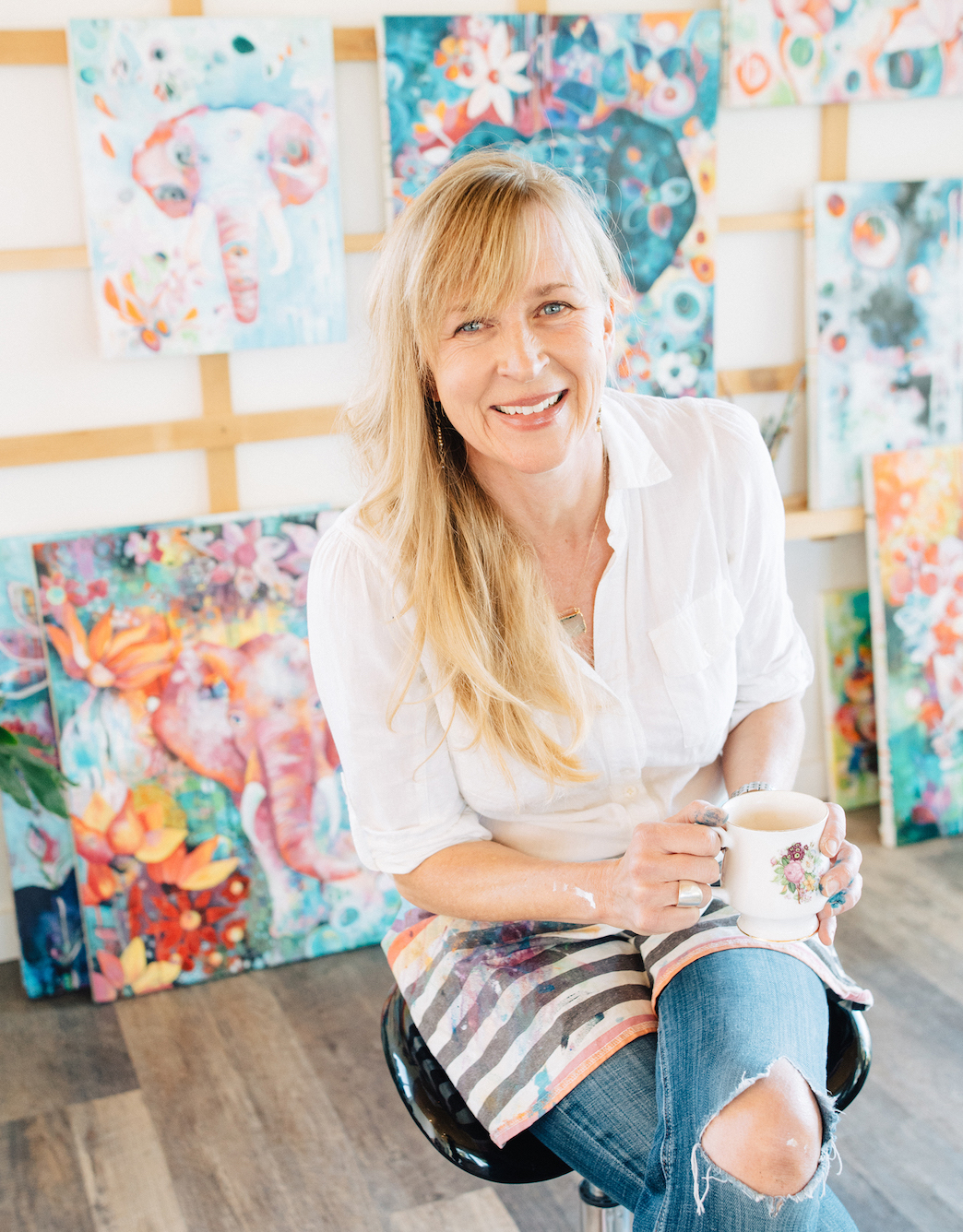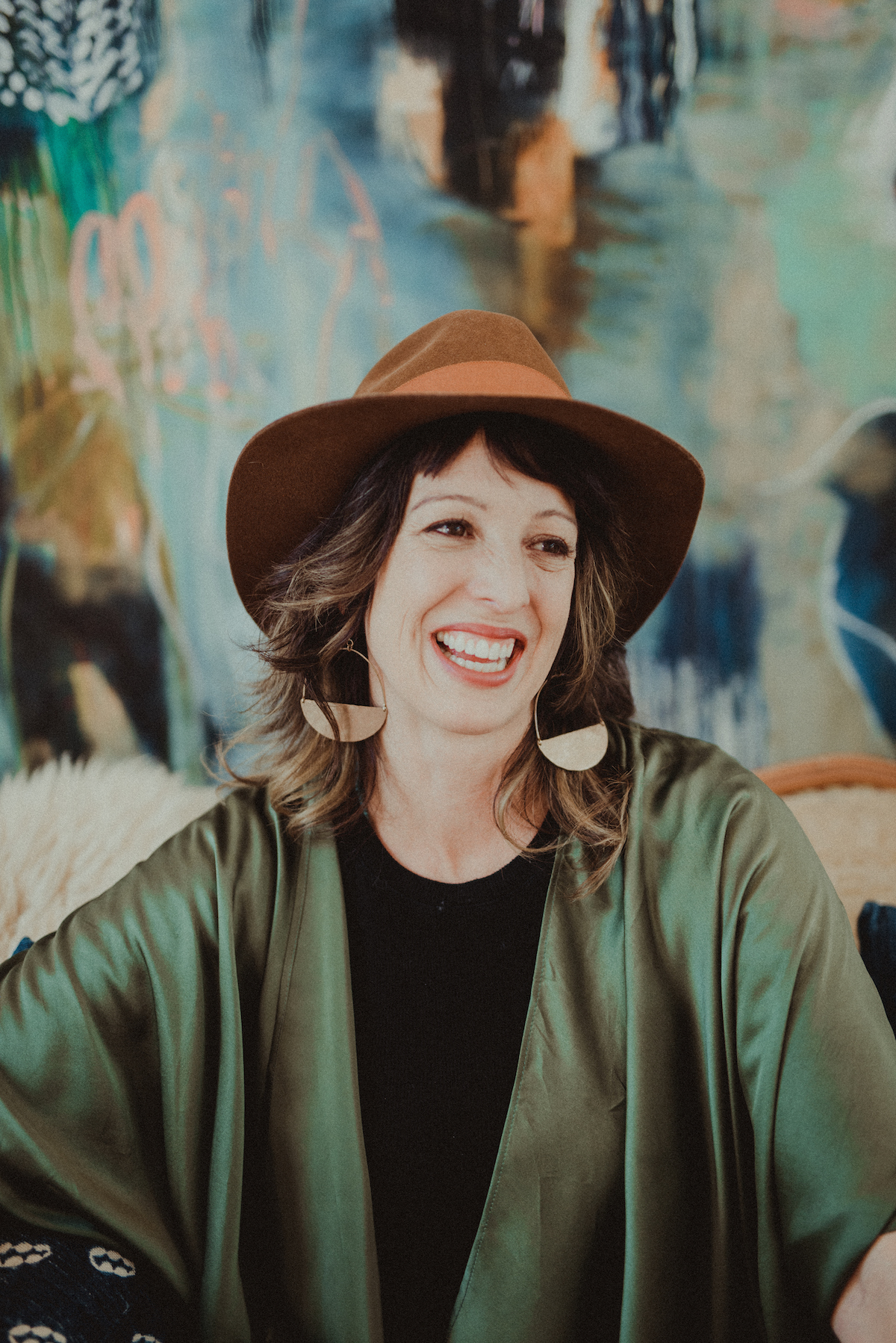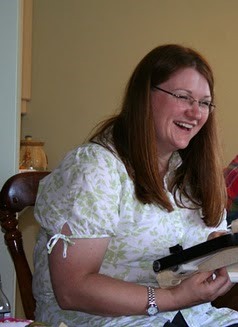#198 Andrea Garvey: Living her Dream and Sharing Her Passion
California artist Andrea Garvey paints beautiful whimsical florals and figures. Her paintings have many layers and are made with acrylic paint and inks. She’s only been painting full time for three years, but already she’s teaching what she knows in online classes. During the pandemic, she also started painting during Facebook Live events. She now has a thriving Creative Community on Facebook. Listen here or download from iTunes, Spotify, Google Play, CastBox, or Stitcher. Andrea Garvey Summer Blossoms Capitola Beach Serenity Tomorrow's Hope Blooming Bouquet Andrea's Layered Petals online class starts on February 12, 2021 and is available for purchase now. See link below. A page from Andrea's art journal The Whimsical Elephant online class Andrea's art studio Andrea's website is andreagarvey.com. Her online classes can be found here. Her newest class is called Layered Petals. You can sign up for that right now with special early pricing. The class begins on February 12th. All the details are found right on the Home page of her website. Her Facebook community is called the Andrea Garvey Creative Community. Andrea is on Instagram @andreagarveyart Here are some great takeaways from our conversation: This first tip goes out to the younger people out there. Andrea suggests that you take some business classes when you can so you can get into a business mindset. As an artist, you’ll most likely always be self-employed, and you need to know about setting up a business and doing your own accounting and marketing. Andrea started painting after her mother-in-law died and she had a dream about a painting. She worked on the painting for two months. She suggests that doing something creative can help others through the grieving process, as it helped her. After Andrea made her first painting, she started taking classes from other artists to learn more. She mentioned a few and I’ll put their links in the Show Notes for Andrea’s episode. They are Jane Davenport, Tracy Verdugo, Alena Hennessy, and Betty Franks. Many artists offer online classes too, so you can still learn while we aren’t doing things in person as much. I’ve said this many times on this podcast, and I’ll say it again. The only way to get better at your art is to practice, practice, practice. Andrea gave herself a challenge to draw a flower a day for a year. Doing something like that will definitely get you better at making art. Andrea said she learned something from artist Ardith Goodwin about trying to come up with your artistic style. Ardith suggested going back to the kind of art you made when you were very young and examine that. You may find the colors or motifs that you like to use. I interviewed Ardith in Episode #51 and she goes into great detail about how she found her style. You can listen to that episode here. Make what you like, and don’t worry if you like many things. It’s O.K. to make many different subjects, no matter what art you do.…




